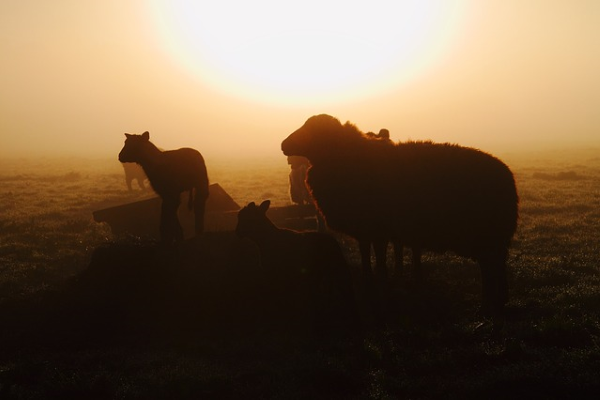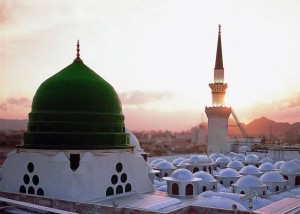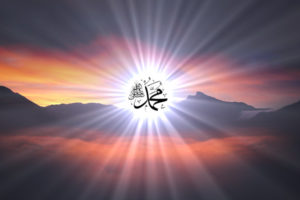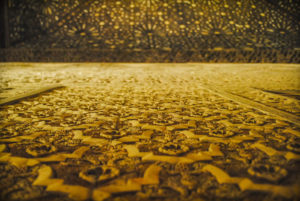

By: Darul Uloom Pretoria
Source: Darul Uloom Pretoria
1. The time for Udhiya or Qurbani begins when the time of Fajr sets in. It is however wajib to do the Qurbani after Eid salaah for those living in a city or such a place where Eid salaah is performed. A person who does not live in an area where Eid salaah is performed, may slaughter immediately after Fajr sets in.
2. The Qurbani may be done on the day of Eid, as well as the two days thereafter. However, it is better if it is done on the day of Eid-ul-Adha.
3. It is Mustahab (desirable) for one who intends to do Qurbani not remove any hair from their body nor to clip the nails from the sighting of the new moon of Zil-Hajj till after the Qurbani is done.
4. To perform Qurbani is Wajib upon an individual upon whom Zakaat is compulsory. The person must be free, Muslim, resident and have the ability to do so. Also note, the person doing the Qurbani must have sufficient funds to purchase the animal. In other words, his funds must be in excess of what he requires for his necessities.
5. The Qurbani animal should be a camel, cow/ox, buffalo, goat or sheep. A camel should be over five years of age while cattle should be over two years. Goat and sheep should be over a year old. If someone is unable to slaughter a sheep that is over a year, and has a lamb of six months which looks like it is one year, it may be slaughtered.
6. A camel or cow/ox fulfils the wajib of seven people while a goat or sheep fulfils it for one person.
7. The animal should be free of defects. It is not permissible to slaughter an animal that is:
• Lame
• Blind or one-eyed
• A sick animal
• Weak or insane
• Mangy or covered in scabs
• An ear that has been cut off or with a piece cut off. (If it has a slit in the ear for identification purposes then it may be slaughtered) .
• It should not be missing a significant part of its haunch or any meat bearing portion.
• More than a third of the tail should not be cut off.
8. It is better to slaughter one’s animal by oneself provided on is competent. Otherwise it is better to have someone who is competent do the actual slaughter in one’s presence.
9. It is mustahab (desirable) for the one slaughtering to face the Qibla and to turn the animal he is about to slaughter towards the Qibla as well.
10. It is recommended to thrust the knife into the base of a camel’s neck while it is standing with one of its front legs tied up.
11. A cow or bull or goats and sheep should be placed on its left side with its legs bound except the right hind leg. The slaughterer should hold the knife in his right hand and hold the animal’s head with his left. The knife should be sharp.
12. It is Fard to say the Tasmiyah (i.e. Bismillah. Allahu Akbar.) at the time of slaughter.
13. The cut should be swift and across the neck of the animal. The air pipe and food pipe should be completely severed along with one of the two arteries in the neck.
14. After the slaughter it is desirable to recite salawat on the Holy Prophet (ﷺ), and then recite:
اَللّٰھُمَّ تَقَبَّلْ مِنِّی کَمَا تَقَبَّلْتَ مِنْ حَبِیْبِکَ مُحَمّدٍ وَّخَلِیْلِکَ اِبْرَاھِیْمَ عَلَیْھِمَاالصَّلاَةُ وَالسَّلَامُ
Allahumma Taqabal Minnee Ka Maa Taqabalta Min Habeebika Muhammadin wa Khaleelika Ibraheem alaihima salatu wasallam
O Allah, accept from me as you had accepted from your Beloved, Muhammed, and your friend Ibraheem, peace be upon them both.
15. It is recommended that a third of the sacrificed animal be kept for oneself, a third be given to (family and friends), and a third be given in charity.



